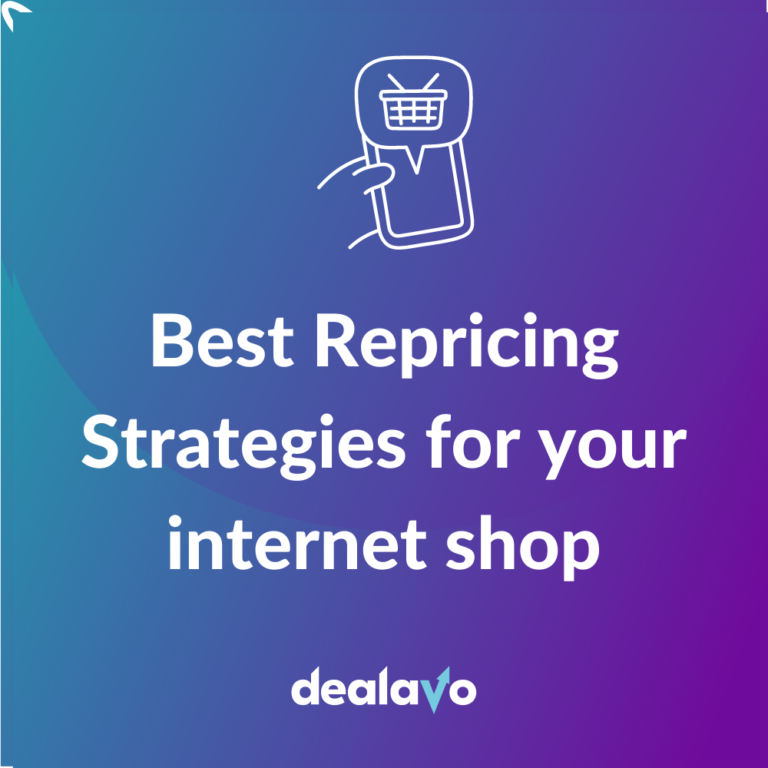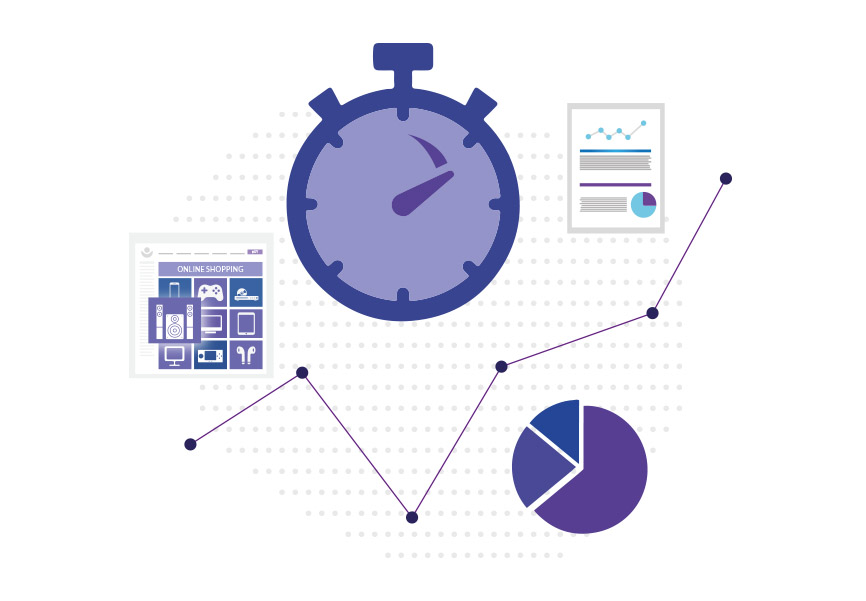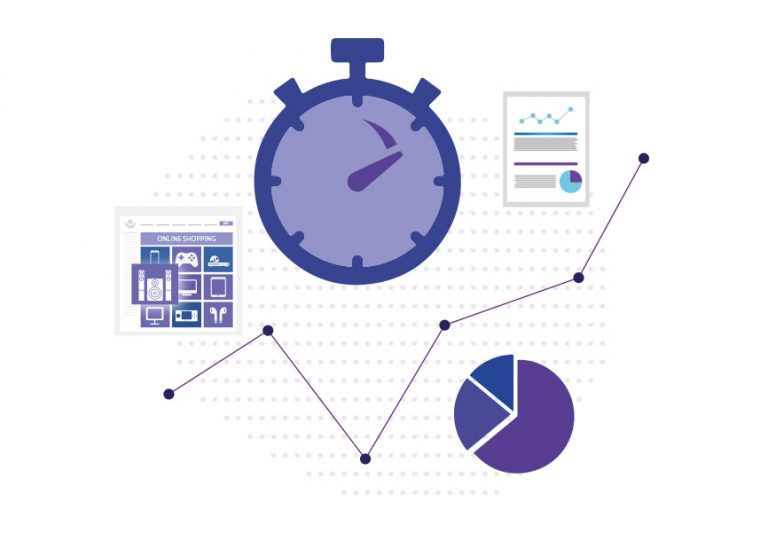What is Dynamic Pricing and How Does It Work
- 07 March 2023
Dynamic pricing has become an increasingly important tool for ecommerce companies and retailers to maximize their profits. By being able to change a product’s price in real-time, businesses can make sure that they stay competitive, attract more buyers, and increase their sales. In this blog post, we’ll look at what dynamic pricing is precisely and how it works. We’ll also discuss the various strategies companies use when implementing dynamic pricing into their business models so that they can successfully reach their desired outcomes. Read on to learn more about the power of dynamic pricing!
What is Dynamic Pricing?
Dynamic pricing is a highly efficient tool used by retailers to maximize their profits and gain a better position in the market. By using dynamic pricing, businesses are able to quickly adjust prices based on certain rules and conditions set by them. This approach allows retailers to be agile and dynamic when reacting to changes in supply, demand, or competition. It also helps them build trust with customers and increase loyalty. In addition, a dynamic pricing strategy benefits from Machine Learning algorithms reinforced with data-driven insights, making dynamic pricing even more precise and effective for retailers wanting to stand out from the competition.
What are the Types of Dynamic Pricing Strategies?
Time-based pricing
Time-based pricing is a dynamic pricing model that allows businesses to adjust their prices according to the demand and supply of goods or services. This type of pricing model has been gaining traction in recent years, as it enables businesses to maximize their profits while still providing customers with competitive prices.
Time-based pricing can be used in different industries, ranging from hospitality and tourism to retail and e-commerce. It is especially useful for businesses that have a fluctuating demand for their products or services, as they can adjust their prices accordingly. Additionally, it allows them to respond quickly to changes in the market and optimize their profits without sacrificing customer satisfaction.
Peak-pricing strategy
Peak pricing is a strategy used by businesses to adjust prices based on customer demand. By leveraging data and analytics, companies can set prices that reflect the current market conditions and maximize their profits. This strategy has been widely adopted in various industries such as retail, hospitality, transport, and entertainment.
Peak pricing is a great way for businesses to increase their revenue while providing customers with the best value for their money. It helps them to stay competitive in an ever-changing market landscape by adjusting prices according to customer demand. Furthermore, dynamic pricing allows companies to respond quickly to changes in the market and capitalize on opportunities that may otherwise be missed.
Penetration pricing
Penetration pricing is a common pricing strategy used by companies to gain market share. It involves setting the initial price of a product or service at a lower level than its competitors in order to attract more customers and increase sales. This strategy is often used in combination with dynamic pricing, which allows companies to adjust prices based on market conditions, customer demand, and other factors. By using penetration pricing and dynamic pricing together, companies can maximize their profits while still providing competitive prices for their products or services.

What are the Benefits of Dynamic Pricing?
In today’s ever-evolving market, dynamic pricing has become a key player in defining success. By utilizing this strategy, businesses ranging from online stores to airlines are able to adjust their offerings and capture more opportunities for increased profits despite the climate of fierce competition. Ultimately, no matter what product or service you offer – dynamic pricing is an effective solution!
Therefore, let’s take a look at some major benefits dynamic pricing may bring you.
Immediate price changes and flexibility
Dynamic pricing has become an increasingly popular tool for businesses to adjust prices quickly in response to changes in demand. This helps them to maximize their profits and ensure that they are not losing out on sales due to incorrect pricing.
Dynamic pricing also allows businesses to take advantage of market fluctuations and capitalize on short-term opportunities. This can help them increase their revenue and remain competitive in the market by adjusting prices according to customer demand.
Time-saving
By leveraging pricing automation, you can stay one step ahead of the competition. With dynamic pricing rules that adjust to real-time market shifts and customized strategies tailored to your business needs, you’ll be able to maximize profits while retaining a crystal clear understanding of all results through an easy-to-access panel.
Profit increase
Stand out from the competition with a flexible pricing strategy that profits both you and your customers. Utilizing smart automation to optimize prices can make all the difference – even reducing by just 1 cent could place products at priority ranking on marketplaces, resulting in higher sales! Conversely, when appropriate, increasing price is also beneficial since stores will remain competitively priced or items may be harder to find elsewhere.
Costs reduction
With dynamic pricing, companies can proactively manage their costs and optimize profits. Instead of investing in extra inventory or capacity to keep up with fluctuating market demand, businesses can adjust prices accordingly – raising them when demand is high and lowering them during slow periods for maximum efficiency.
Customer satisfaction improvement
Businesses can take advantage of dynamic pricing to ensure customer satisfaction. By offering prices tailored to meet customers’ needs and expectations, they have the opportunity to create a positive experience that encourages return purchases – all while boosting their bottom line!
What are the Challenges with Dynamic Pricing?
Nevertheless, good things often come at a price. As with each game-changing solution, Dynamic Pricing may also cause various challenges retailers need to overcome. Here are some of the drawbacks of implementing dynamic pricing into your business.
Price discrimination
This type of pricing can lead to price discrimination, where different customers are charged different prices for the same product or service. Price discrimination can be beneficial for businesses, as it allows them to maximize their profits by charging different customers different prices based on their willingness or ability to pay. However, it can also be seen as unfair and unethical if customers with lower incomes are charged higher prices than wealthier customers.
Increased competition
Consumers have unprecedented power when it comes to shopping, with access to multiple businesses and comparisons between offers. Dynamic pricing has been a key enabler of this development; companies reducing prices in order to stay competitive often find their margins under pressure as the market quickly reacts. The result is great news for shoppers but far less so for those selling products – sometimes leading them into price wars that aren’t always beneficial!
High-volume data management
With dynamic pricing becoming an increasingly integral part of business strategies, companies must remain vigilant in keeping abreast of their competitors’ rates. This can be a monumental challenge as the acquisition and analysis of data are essential to success – particularly if operating on a large scale.
Therefore, collecting and analyzing such data manually is almost impossible in today’s e-commerce industry. No wonder an increasing number of retailers turn to automated solutions such as price monitoring tools like Dealavo.
What is Dealavo?
How to set up Dynamic Pricing?
Utilizing dynamic pricing can help grow profits, but it’s important to set up a system that works for you. For instance, at Dealavo you can do so in four easy steps:
- First, determine the products or categories on which you want to implement varying prices.
- Specify your rules according to each product’s needs – such as sales channels, locations, etc.
- Let the system propose price changes for maximum efficiency- choose whether those offers will be applied automatically or require approval before being put into effect.
- To ensure continual success in using this strategy and make sure all of your efforts are paying off – monitor outcomes closely; tweaking variables when necessary by testing different repricing strategies!
See how to set up Dynamic Pricing at Dealavo:
Set up Dynamic Pricing for a Dealavo tool!
The Importance of Monitoring and Adjusting Your Prices
As the business environment changes, companies need to be able to adjust their prices quickly in order to remain competitive. This is where dynamic pricing comes into play. Dynamic pricing is a strategy that allows businesses to monitor and adjust their prices in response to market conditions, competitor pricing, and other external factors. It is an important tool for businesses that want to maximize their profits while still being competitive in the market.
Moreover, price monitoring and dynamic pricing are increasingly important components of success in the e-commerce landscape. Constant fluctuations in markets and varying customer needs make dynamic pricing essential to maintaining a competitive edge. By using dynamic pricing, online businesses can adjust the prices of goods and services based on current market conditions, competitor behavior, and customer demand. By regularly tracking prices and changing them accordingly, online shops can better serve their customers while also increasing their profitability. In a fast-paced market where timing is essential, dynamic pricing allows e-commerce companies to maximize both efficiency and profits.
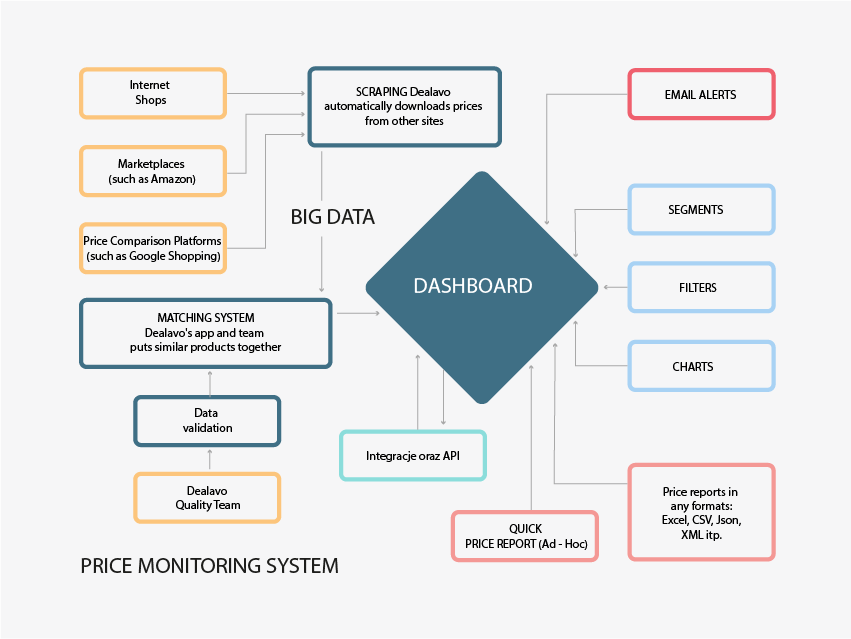
Dynamic Pricing at Dealavo
Dealavo software is a dynamic pricing tool that helps you monitor prices on the biggest, price-oriented platforms such as Amazon, eBay, and Google Shopping. It helps you keep track of your competitors’ prices and make sure that you are always offering the most competitive price to your customers.
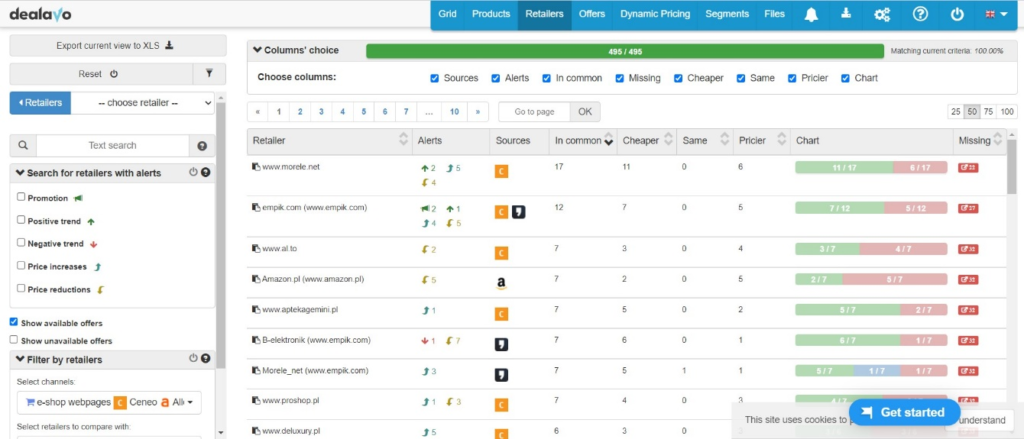
With Dealavo software, you can easily analyze data and set up automated rules to adjust your prices in real time. This ensures that you are always ahead of the competition and maximize your profits – all backed by precision-verified Machine Learning algorithms for accurate results. Stop leaving your margin in someone else’s hands; get ahead of the game with our easy error-free system.
Request a 7-day demo and unleash your full revenue potential through quick and accurate price optimization powered by artificial intelligence!

Dynamic Pricing – Summary
To conclude, dynamic pricing is a necessity in the e-commerce space that can significantly impact profitability and customer satisfaction. Implementing such strategies require careful consideration of all market conditions as well as understanding how to best approach customers. As this industry continues to gain momentum, implementing sound strategies will be paramount. If you’re looking to join the world of dynamic pricing in e-commerce, Dealavo offers a platform designed exclusively for that purpose. Packed with the insights you need when it comes to price optimization, Dealavo is all about timely data-driven decisions, helping your business stay competitive. Sign up today and unleash your full revenue potential through quick and accurate price optimization powered by artificial intelligence!

